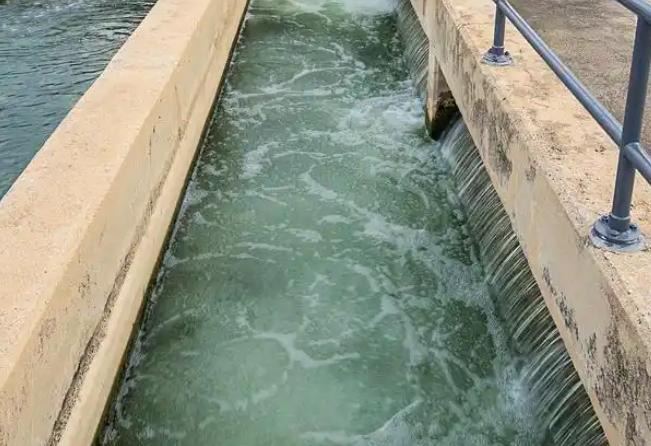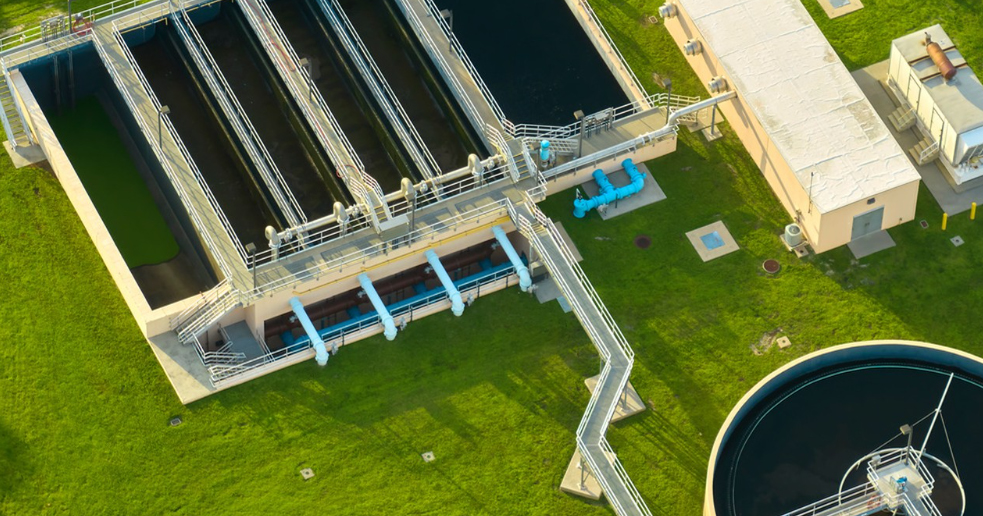Dye wastewater is an important part of industrial wastewater. It has a large discharge volume and complex composition. Dye wastewater is deeply colored and difficult to degrade. It not only affects the aesthetic appearance of water bodies but also poses a serious threat to the ecological environment. In today's context where environmental awareness is increasingly growing, the decolorization of dye wastewater has become a crucial technical challenge.
The methods for decolorizing dye wastewater mainly include physical methods, chemical methods, and biological methods. Among physical methods, activated carbon adsorption is a commonly used approach. Activated carbon has a porous structure and a large specific surface area, which can adsorb pigment molecules in the wastewater, thus achieving the decolorization effect. This method is simple to operate and environmentally friendly.

Chemical methods include redox methods and flocculation - precipitation methods. The redox method destroys the chromophoric groups of dye molecules through oxidants or reductants, causing them to lose their color. For example, oxidants such as ozone and hydrogen peroxide can oxidize dye molecules into colorless substances. The flocculation - precipitation method adds flocculants to make the dye molecules in the wastewater aggregate into precipitates, thus achieving decolorization.
The biological method utilizes the metabolic functions of microorganisms to decompose dye molecules into harmless substances. Some microorganisms such as bacteria and fungi can use dye wastewater as a nutrient source.Through their own metabolic activities, they decompose the dye molecules to achieve the goal of decolorization.












